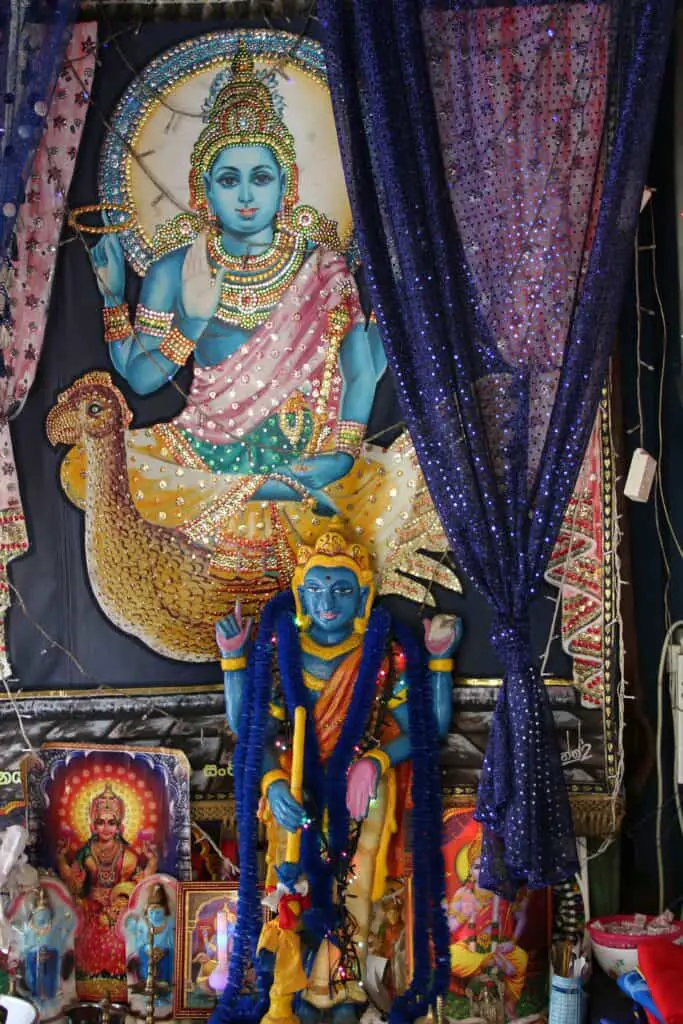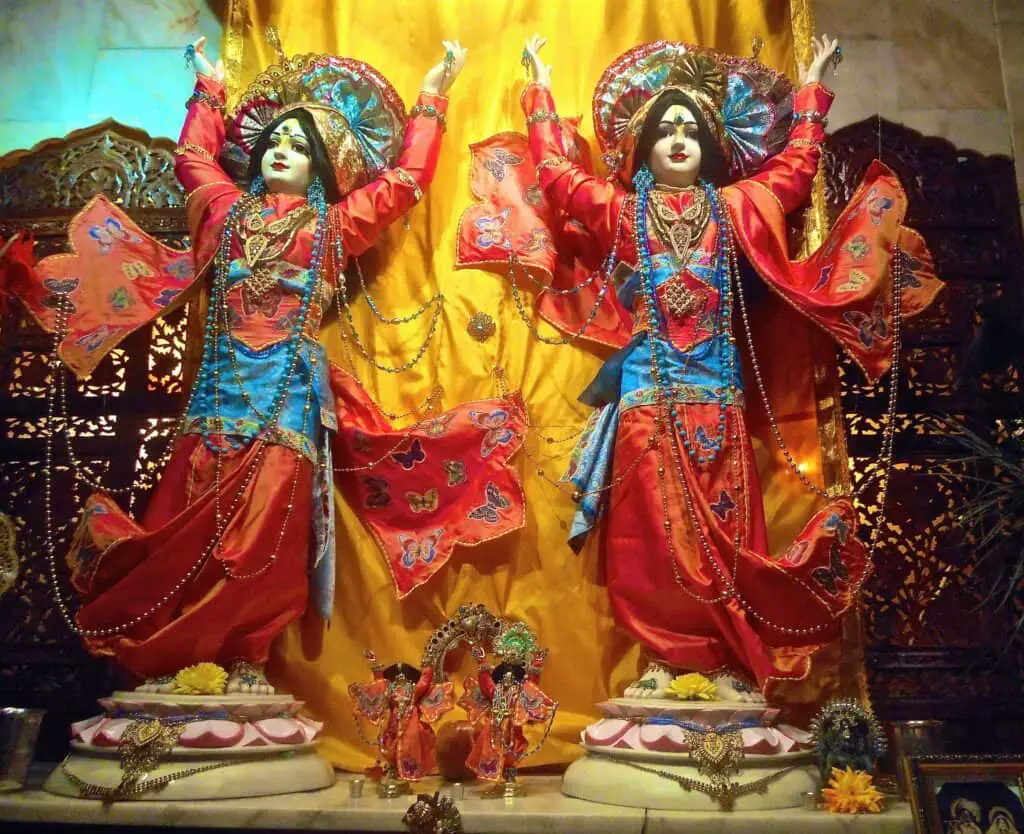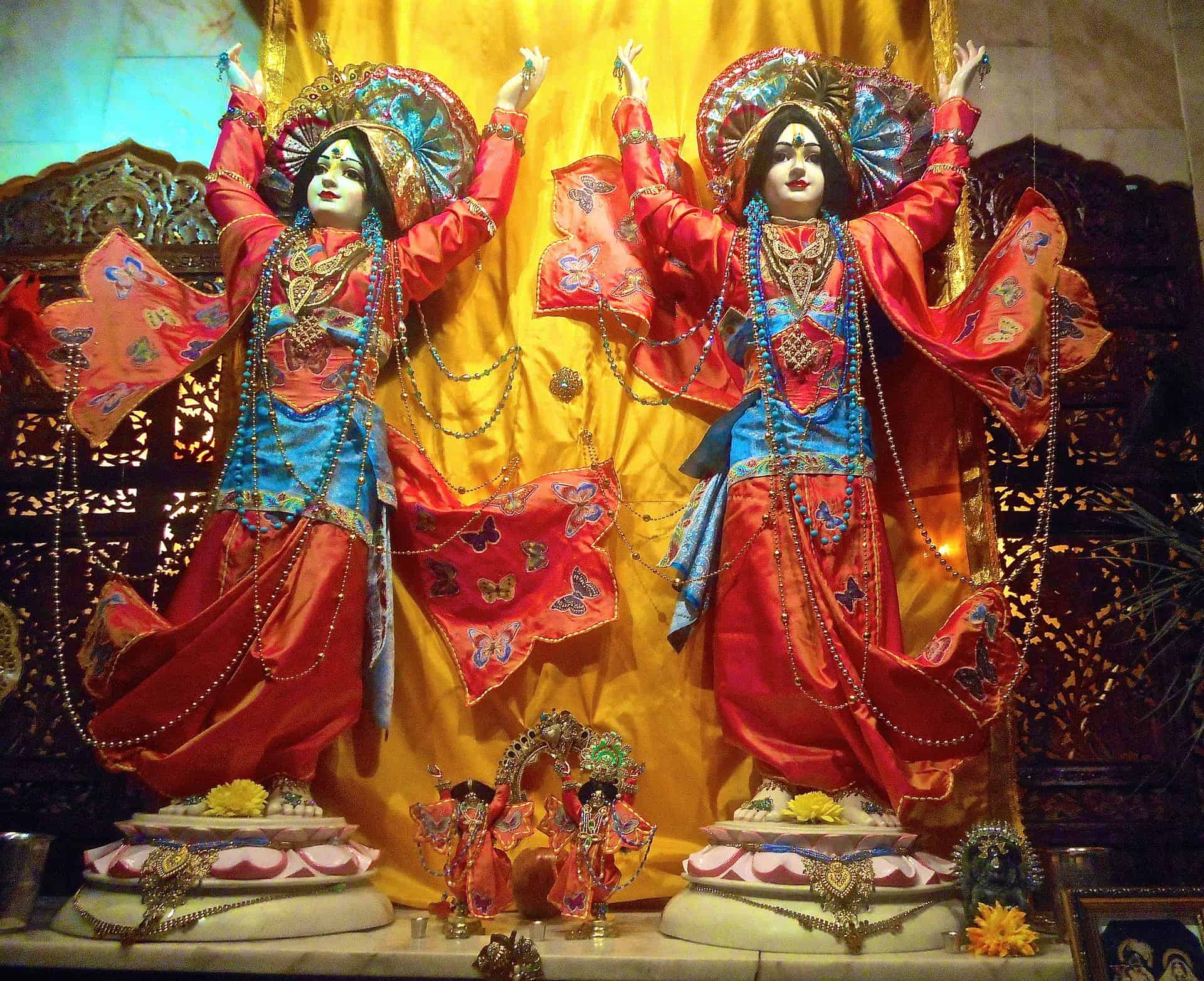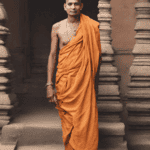
The religion of Hinduism has several names that have specific meanings and representations. Similarly, there are also names which can be used for both male and females because they are common. Hinduism believes in the practice of naming their children based on various factors associated with birth and date.
Likewise, a common confusion is whether Krishna is a female name or a male one? The answer is simple it can be used for both male and females and we also find many examples around us which help discard the confusion.
In the scriptures, it is seen that the character Krishna was a male but today we find many examples of people who have been named Krishna and are not just men but also women. Some examples of these names are Krishna Kumari who was an Indian actress and Balakrishna who acted in Sri Rama Rajyam. Also, there are many such famous as well as people around where it is found that the name has been commonly used for both the genders.
A Hindu has certainly grown up listening to the tales of Lord Krishna. He’s a Makhan chor or butter thief, a trouble maker, an enthusiastic imp with the divine capacity to move mountains. Also, he is a very romantic person and plays the flute with heavenly grace. He is also a deity worshipped at occasions and festivals. Yet there are many things that one does not know about Lord Krishna. His entire life is like a puzzle and one needs to connect the dots to get a clear understanding of it.
Here we’ll know these hidden mysteries and stories of Lord Krishna and have an in-depth understanding of his beautiful character.

Fragments of his stories
Lord Krishna’s stories come to us in parts through Sanskrit literature. The Mahabharata talks of Krishna’s adulthood between the Pandavas and then the Harivamsa tells us about his pastoral foster family. In the Vishnu Purana re is considered to be Lord Vishnu’s avatar, and in today’s popular Shrimad Bhagavata Purana refers to his dance with the Gopis at night and lastly the Geet Govind of Jayadeva which gives us an introduction to Radha.
His stories must have been transmitted via mouth way before it had been written in books and scriptures and so there will be parts that we will never know about. Some recite the story of Lord Krishna from birth to death serially, just like they do for Ram. Certainly, nobody mentions about them if they are a devotee! They usually will tell of their descent from the Vaikuntha as forms, and they are going back to Vaikuntha.
The difference between Ram and Krishna was that Krishna knew his avatar of Vishnu but Ram did not. The Krishna devotees believe that Lord Krishna is the bigger avatar of Vishnu. The highest even: the whole avatar or poorna-avatar, the most faultless personal manifestation or saguna brahman of the impersonal heavenly or nirguna brahman.
And so, for many of the devotees, Krishna’s heaven of Goloka is considered higher than Vishnu’s heaven of Vaikuntha. The Vaikuntha is placed in the sea of milk, and milk comes from the cows in Goloka. These cows willingly give their milk as they are so influenced by the music of Lord Krishna, encouraged by the beauty and love for Radha, who plays the flute as he stands under the spiritual Kadamba tree which furthermore in Goloka, takes the form of the Kalpavriksha which is the holy wish-fulfilling tree.
Krishna in different parts of India and Scriptures
There are many common and well-known stories of Krishna yet he is known differently in the several parts of India.In the state of Maharashtra, people link with Krishna via the portrayal of Vithoba of Pandharpur. The Poet-saints of Maharashtra such as Eknath, Tukaram, and Gyaneshwar introduced Krishna to the people. In states of Rajasthan and Gujarat, Krishna is identified through Shrinathji of Nathdwara.
People of Odisha consider Krishna through the local form of Jagannath in the Puri temple. And in Assam, it is by the several Namghars, which were founded over 500 years before by Shankardev. There are no images of Krishna here. He is known by dancing, singing, chanting and performances.
In the region of Tamil Nadu, Lord Krishna is hardly distinguished from Vishnu. Also, in the South-East Asian countries like Cambodia Lord Krishna is a heroic character. He fights and overthrows demons, but there are no links to his pastoral roots here. According to the scriptures, the Mahabharata is usually considered discouraging as it deals with bloodshed and the split of a family. And so, people like reciting the stories of Krishna’s childhood with his mother Yashoda and his youth with beloved Gopis from the Bhagavata Purana.
The only sacred part of the Mahabharata is the Bhagavad Gita which is a gist of Hindu way of life described by Krishna to Arjun on the war field of Kurukshetra. If Bhagavad Gita had not been there people would have given a lot of value to the final half of Krishna’s life.
There are also stories of Lord Krishna related to the Buddhist and Jain traditions. According to the Jain Mahabharata, the war is not between the Kauravas and Pandavas. The Buddhist Jatakas do not make any direct mention of Krishna, but a similar character is seen in the Ghata Jatakas, where his value as a fighter is emphasized.

Different roles of Lord Krishna
Lord Krishna’s life in Dwaraka is a mystery where few tales of Krishna being the husband and householder are recalled. Most of us are aware of his two most popularly known wives, Satyabhama, and Rukmini. Though many of the Puranas also refer to his eight queens, and there is also mention to over 1,000 younger wives he gave a home to after the downfall of Narakasura.
The stories are filled with household quarrels. And Lord Krishna has to be a good husband to keep the in-house accord between his wives. There are also stories where he multiplies himself to give equal attention to his 16,108 wives. However, these are obvious metaphors teaching us Krishna’s ability to handle complex situations and found him as holy.
Some of the folk descriptions of Krishna give attention to his genderless nature. When we look at his statues in Odissa we find him bending like a dancer, which is certainly not how a man would stand, also he has a braid and nose rings to link with his mother and to Radha.
In many temples, he is also dressed in a feminine form (Stri-vesha) on occasional days to remind us of his female form Mohini.
Even in a south folk tale Krishna and Arjun went around the country, dressed as an old lady and a young girl each, fooling villains to do their bidding. Also, in a story from Tamil Nadu says that Arjuna’s son, Aravan, had to be sacrificed before the war at Kurukshetra. And he refused to do so before getting married.
As no woman was wanting to marry him, Krishna took the form of Mohini and became his bride for a night. And he also cried for him like a widow for him. All of these forms and representations of Krishna also make his name common for both the genders and do not specify it for any particular one.

